1. Decluttering Without Replacing Function
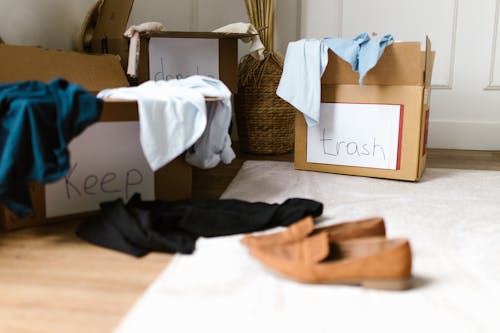
Getting rid of excess is great—but if you remove something functional and don’t replace it, you’re just making life harder. Tossing your entryway bench, for example, might open up space, but now there’s nowhere to sit or drop your bag. Minimalism should support your lifestyle, not hinder it. An empty room isn’t automatically a better one.
Before you declutter, ask what purpose each item serves. If you remove it, consider what will take its place—or if anything needs to. Minimalism is about thoughtful living, not just subtraction. Your home should still work for you.
2. Painting Every Wall Stark White
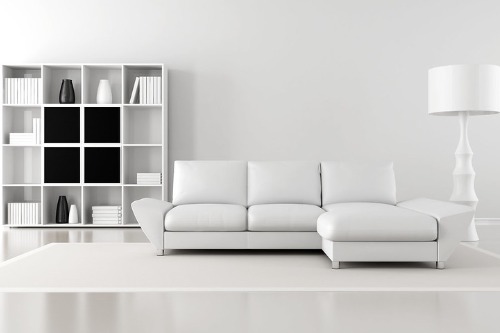
White walls can feel fresh and clean, but when there’s no contrast or warmth, they can also feel sterile. In a minimalist space, color still matters—even if it’s subtle. Without texture, art, or natural elements, all-white walls can make a room feel cold and lifeless. It’s more hospital than haven.
Try soft neutrals, warm whites, or even a muted accent wall to add depth. Minimalism thrives on simplicity, not monotony. A little variation goes a long way in making a space feel lived-in. You want serenity, not a blank canvas.
3. Removing All Personal Items
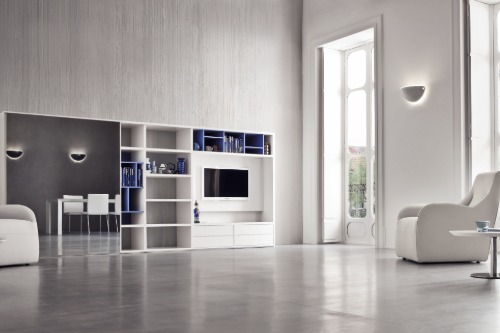
In the quest for clean surfaces, many people tuck away every photo, memento, or personal touch. But without these, your home can feel impersonal and generic. Minimalism doesn’t mean erasing your identity—it means showcasing it with intention. A few well-placed personal items can make a space feel warm and grounded.
Choose pieces that tell a story or bring you joy. A framed photo, a favorite book, or a travel souvenir can add soul without clutter. It’s about editing, not erasing. Your home should still feel like you live there.
4. Using Only One Texture Everywhere
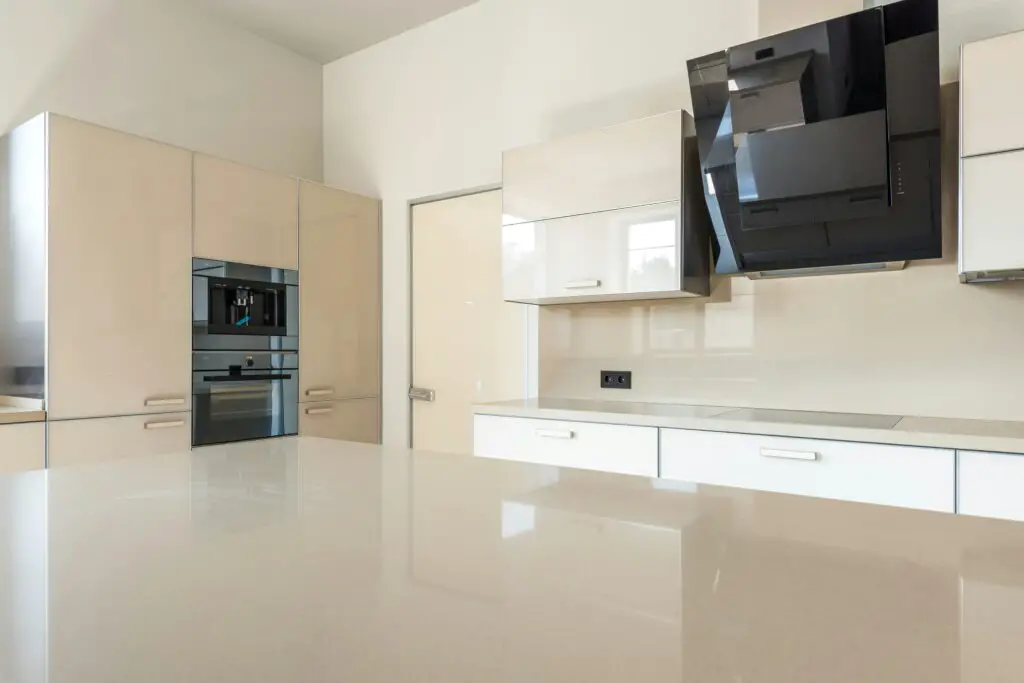
A room full of smooth, flat surfaces—like glass, metal, and plain wood—can feel sleek but lifeless. Texture is what gives a minimalist space warmth and dimension. Without it, everything blends together and feels flat. It’s the difference between minimal and monotone.
Layer in soft textiles like linen, wool, or boucle. Add a woven basket, a matte ceramic vase, or a chunky knit throw. These subtle shifts create visual interest without adding clutter. Minimalism should still feel tactile and inviting.
5. Hiding Everything in Storage
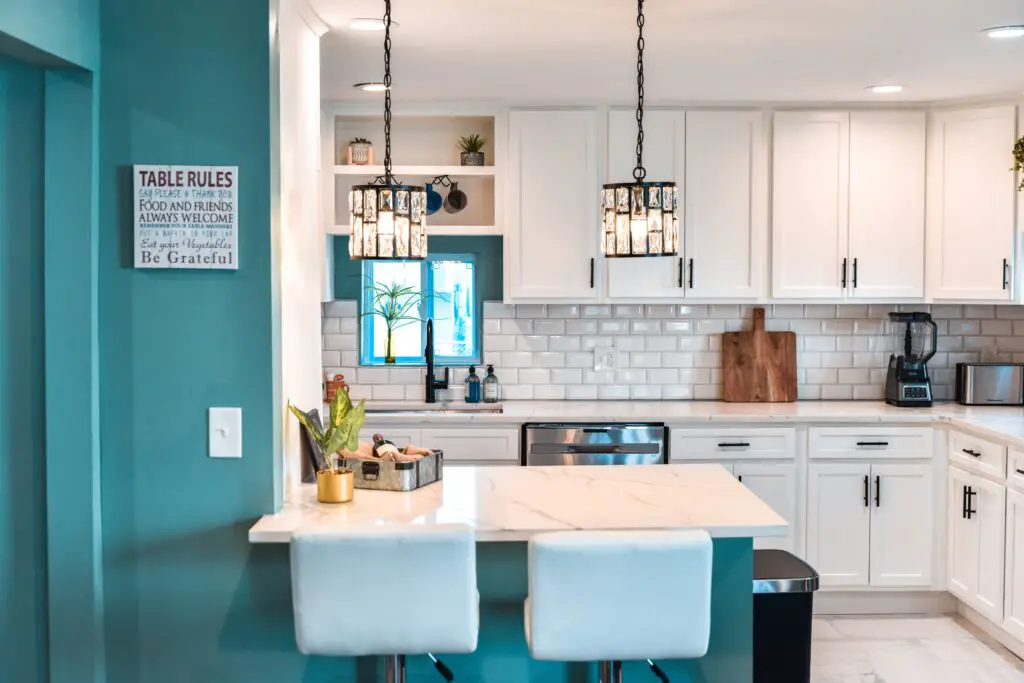
Out of sight isn’t always out of mind—sometimes it’s just out of reach. When you stash every item in a cabinet or drawer, your home can start to feel like a showroom instead of a place to live. It also makes daily tasks more frustrating when you’re constantly digging things out. Minimalism should simplify, not complicate.
Leave a few items visible if they’re used often or bring beauty to the space. A coffee maker on the counter or a stack of favorite books can be both functional and stylish. It’s about balance, not banishment. Let your home breathe a little.
6. Choosing Only Neutral Colors
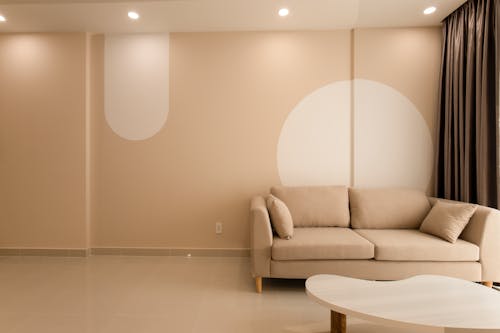
Neutrals are a minimalist staple, but when everything is beige, gray, or taupe, the space can feel washed out. Without pops of color or contrast, the room lacks energy and personality. It can start to feel like a waiting room instead of a home. Even minimalism needs a little life.
Introduce color through art, plants, or a single bold piece of furniture. Even a dusty rose pillow or a navy throw can make a big difference. Color doesn’t have to be loud to be effective. It just needs to be present.
7. Skipping Window Treatments Entirely
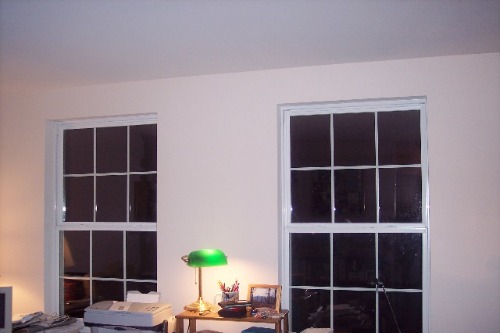
Bare windows might seem like the ultimate minimalist move, but they can make a room feel unfinished and overly exposed. Without curtains or shades, there’s no softness, no privacy, and no way to control light. The space can feel echoey and stark. It’s minimalism at the expense of comfort.
Opt for simple, clean-lined window treatments in natural fabrics. They add warmth and texture without visual clutter. Even sheer panels can soften a space dramatically. Minimal doesn’t mean uncomfortable.
8. Avoiding Art Altogether
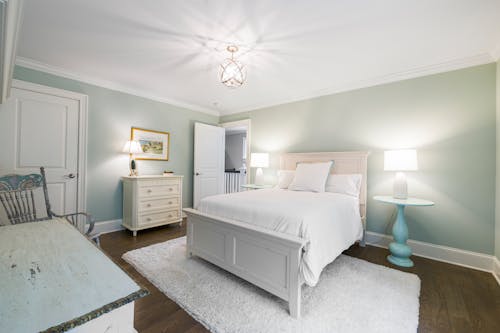
Blank walls can feel peaceful, but too many of them just feel… blank. Art adds personality, scale, and a focal point to a room. Without it, the space can feel like it’s missing something essential. Minimalism doesn’t mean artless—it means intentional.
Choose one or two pieces that speak to you and give them room to breathe. A large canvas or a simple gallery wall can anchor a space beautifully. Even a sculptural wall hanging adds interest. Your walls deserve a little love.
9. Using Only Matching Sets
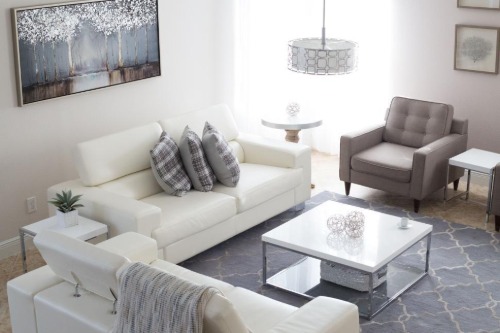
Buying matching furniture sets might seem like a shortcut to cohesion, but it often results in a flat, uninspired look. When everything is the same color, shape, and style, the room lacks depth and character. It can feel more like a catalog than a home. Minimalism thrives on contrast and thoughtful curation.
Mix materials and shapes while keeping the palette restrained. Pair a sleek sofa with a rustic coffee table or a modern chair with a vintage lamp. These juxtapositions add soul without adding clutter. Uniformity isn’t the goal—harmony is.
10. Removing All Books and Decor from Shelves
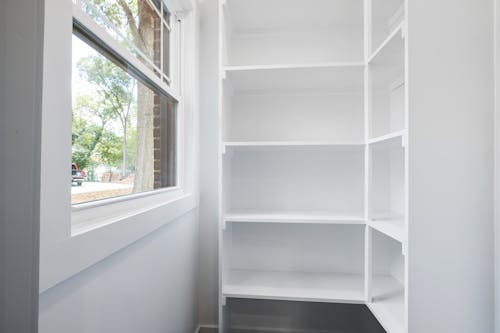
Clearing off every shelf might make things look tidy, but it also makes them look empty. Shelves are an opportunity to showcase your personality and interests. When they’re bare, the room can feel under-furnished and cold. It’s minimalism taken too far.
Instead, style shelves with a mix of books, objects, and negative space. Group items by color or theme to keep it cohesive. You don’t need to fill every inch—just enough to tell a story. Let your shelves reflect your life, not just your cleaning habits.
11. Choosing Ultra-Slim or Low-Profile Furniture
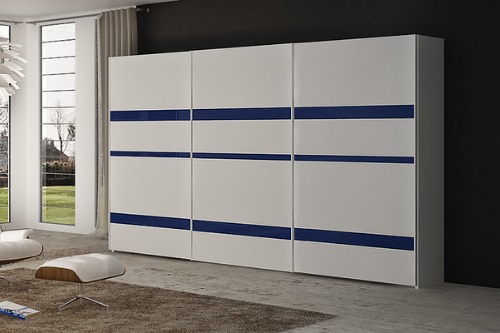
Minimalist furniture often leans toward sleek and low-profile designs. But when everything is slim and low to the ground, the room can feel oddly empty and out of proportion. It lacks visual weight and presence. Sometimes, you need a few substantial pieces to ground the space.
Balance is key—mix lighter items with one or two chunkier elements. A deep armchair or a solid wood table can anchor the room. Minimalism doesn’t mean everything has to disappear. It just means everything has a purpose.
12. Leaving Surfaces Completely Bare
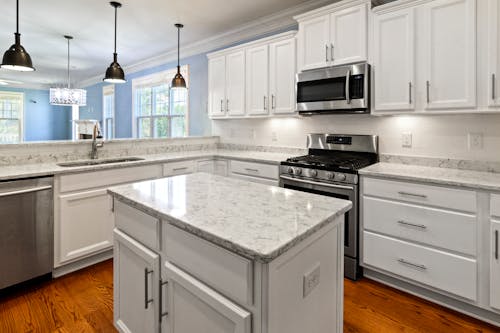
A completely empty coffee table or countertop might look clean, but it can also feel lifeless. Surfaces are an opportunity to add warmth and personality. When they’re totally bare, the room can feel like no one lives there. It’s minimalism at the cost of charm.
Add a small stack of books, a candle, or a bowl of fruit. These little touches make a space feel cared for and lived in. You don’t need clutter—just a few thoughtful details. It’s about editing, not erasing.
13. Using Harsh, Cool Lighting
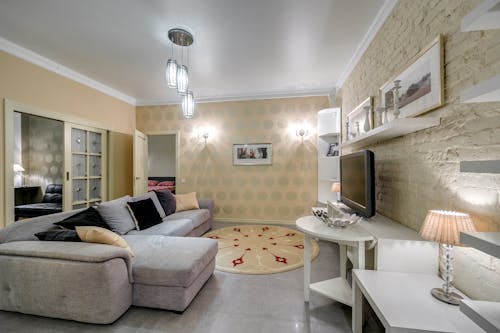
Bright white or cool-toned lighting might seem modern, but it often makes a room feel sterile and unwelcoming. In a minimalist space, lighting plays a huge role in setting the mood. Without warm tones or layered sources, the room can feel flat and cold. It’s like living in a showroom.
Opt for warm bulbs and multiple light sources—floor lamps, sconces, and table lamps. This creates depth and coziness without adding visual clutter. Lighting should enhance the space, not wash it out. A minimalist home still needs warmth.
14. Getting Rid of Too Much Furniture
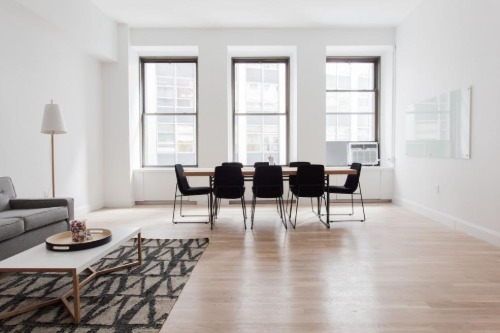
Minimalism isn’t about living with the bare minimum—it’s about intentional choices. When you remove essential furniture like side tables, bookshelves, or even a coffee table, the room can feel sparse and unfinished. Functionality suffers, and guests may feel unsure of where to sit or place their drink. Instead of feeling calm, the space feels awkward.
A well-designed minimalist room still supports daily life. It should feel curated, not barren. Keep the pieces that serve a purpose and bring balance to the room. Less isn’t always more if it leaves you with nothing.
This post 14 Things You’re Doing to Be “Minimalist” That Are Just Making Your Home Feel Empty was first published on Greenhouse Black.
